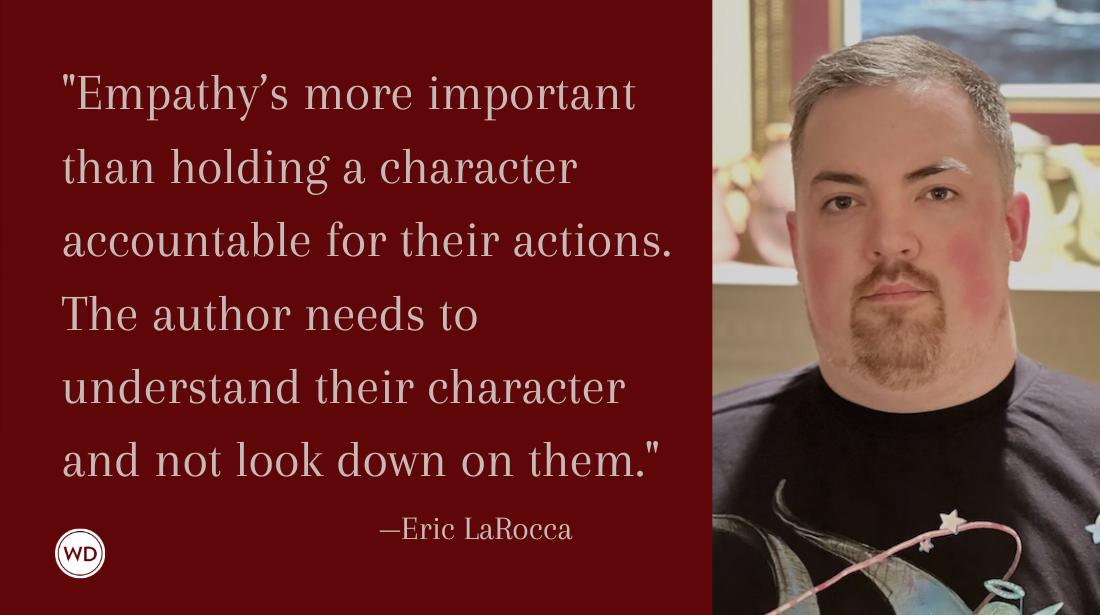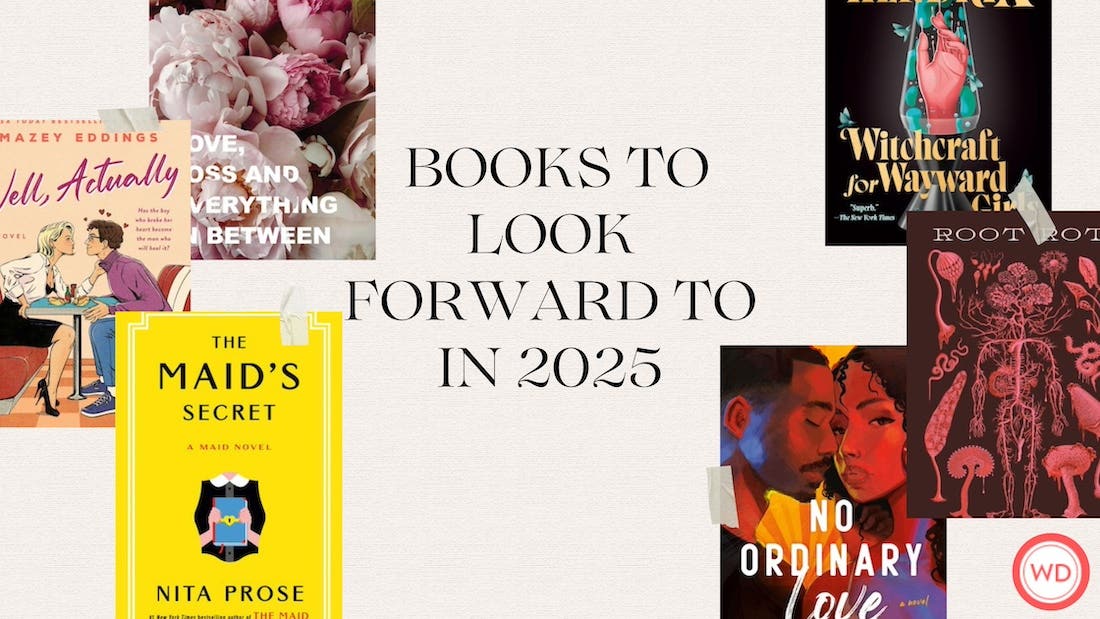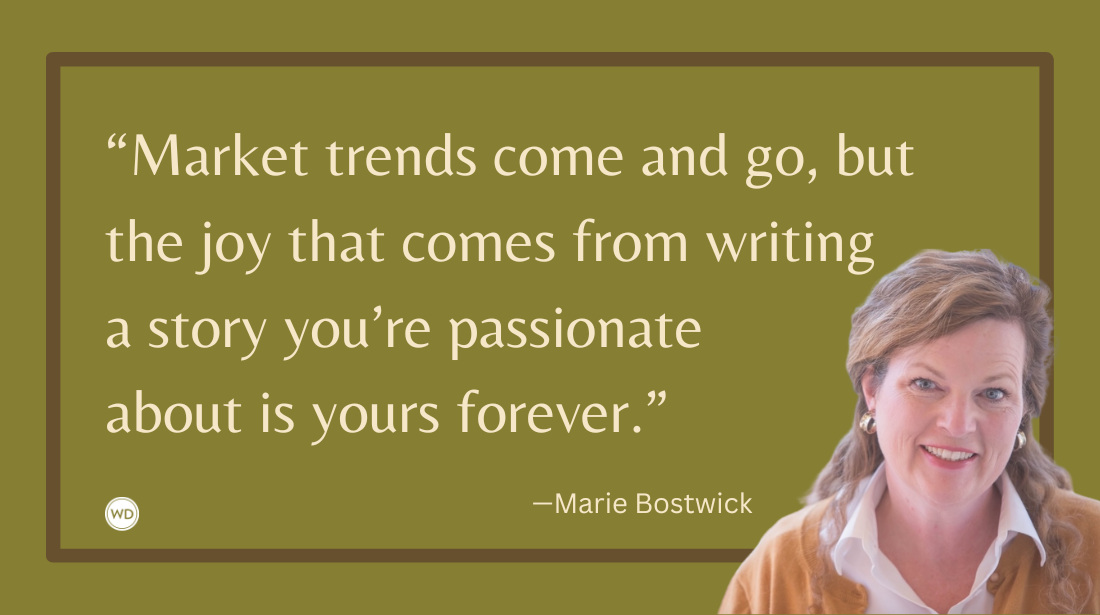Jeffery Deaver: On the Benefits of Outlining
International bestselling author Jeffery Deaver discusses the process of writing his new thriller novel, The Broken Doll.
Jeffery Deaver is an international number-one bestselling author. His novels have appeared on bestseller lists around the world. His books are sold in 150 countries and translated into 25 languages. He has served two terms as president of Mystery Writers of America, and was recently named a Grand Master of MWA, whose ranks include Agatha Christie, Ellery Queen, Mary Higgins Clark, and Walter Mosely.
The author of more than 40 novels, three collections of short stories and a nonfiction law book, and a lyricist of a country-western album, he’s received or been shortlisted for dozens of awards.
Learn more at jefferydeaver.com, and find him on Twitter and Facebook.
In this post, Jeffery discusses the process of writing his new thriller novel, The Broken Doll, his advice for outlining your novel, and more!
Name: Jeffery Deaver
Literary agent: Deborah Schneider
Book title: The Broken Doll
Publisher: Amazon Original Stories
Release date: December 13, 2022
Genre/category: Crime/Thriller
Previous titles: Scheme, Cause of Death, Turning Point, Verona, The Debriefing, Ninth and Nowhere, The Victims’ Club, Surprise Ending, Double Cross, The Bodies Left Behind, The Broken Window, Edge, The Garden of Beasts, A Maiden’s Grave, The Bone Collector, The Devil’s Teardrop, and many more.
Elevator pitch for the book: A sociopath is on the loose in the rural Midwest, pursuing victims, while he himself is being pursued. The Broken Doll is a medical thriller, courtroom drama, police procedural, and psychological suspense tale, all told in a series of four interlocking short stories.
Amazon
[WD uses affiliate links.]
What prompted you to write this book?
I wanted to offer my readers an intriguing new idea in short fiction: The Broken Doll is a four-story cycle, in which each tale is independent, with a beginning, middle, and surprise ending, but can also be read as a novella, since the stories share characters and plot points, all viewed from different points of view and on different timelines.
How long did it take to go from idea to publication? And did the idea change during the process?
From start to finish, about three months, though it was not the only project I was writing. At the same time, I was completing my latest novel, Hunting Time. And there were no changes during the process. I knew where the stories were going from the beginning and didn’t deviate from that course.
Were there any surprises or learning moments in the publishing process for this title?
No. I’ve been a full-time fiction writer since 1989 and have penned 45 novels and 90 short stories, so I’m familiar with the editorial, production, and marketing efforts involved in bringing a work to life—particularly those of this team, Amazon Original Stories, which has published 10 of my titles.
Were there any surprises in the writing process for this book?
Yes and no.
To answer this question I need to talk about my process. For every book and story I write, I spend over half the time outlining—before I write a single word of prose. I feel strongly that most writers will benefit from having a blueprint before they begin. My outlines are legendary (or infamous, if you’re a pantser); a novel’s outline will be 100-150 pages long. For The Broken Doll, 65,000 words, the outline was about 25 pages.
I advocate outlining for a number of reasons. Among them: It helps you achieve the necessary story structure if you write, as I do, fast-paced, plot-driven fiction. Outlining first is also a far more efficient way to write. By wrestling the plot into shape using Post-It notes, or bullet points on your computer, you will see what works and what doesn’t, before diving into the prose. You won’t need to go back and revise dozens, perhaps hundreds, of pages when you come up with a new plot idea later in your work.
So, yes, there were surprises and false starts up front in deciding the direction of the stories, but once the outline was done, I could simply sit down and pound out the story I had planned.
What do you hope readers will get out of your book?
A few hour’s delight, sleepless nights, frowns from their bosses when they show up for work late because they were reading till all hours, and that exhilarating sensation, and a smile, when they think: Never saw that coming!
If you could share one piece of advice with other writers, what would it be?
I’ll cheat and offer several:
1. Plan out your novel or short story ahead of time.
2. Remember your goal—to create a consuming, emotionally engaging tale—and bring it to life by writing a story in which fully formed characters (both good and bad) confront increasingly difficult conflicts and questions, which conflicts and questions are ultimately resolved in a way satisfying to readers.
3. Remember that rejection is a speed bump, not a brick wall; be persistent!
Robert Lee Brewer is Senior Editor of Writer's Digest, which includes managing the content on WritersDigest.com and programming virtual conferences. He's the author of 40 Plot Twist Prompts for Writers: Writing Ideas for Bending Stories in New Directions, The Complete Guide of Poetic Forms: 100+ Poetic Form Definitions and Examples for Poets, Poem-a-Day: 365 Poetry Writing Prompts for a Year of Poeming, and more. Also, he's the editor of Writer's Market, Poet's Market, and Guide to Literary Agents. Follow him on Twitter @robertleebrewer.








